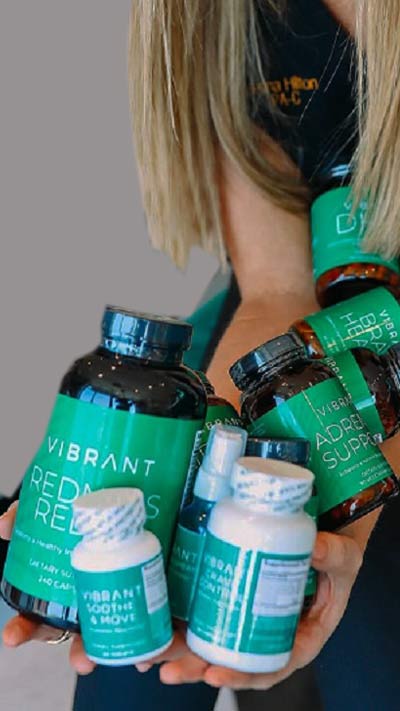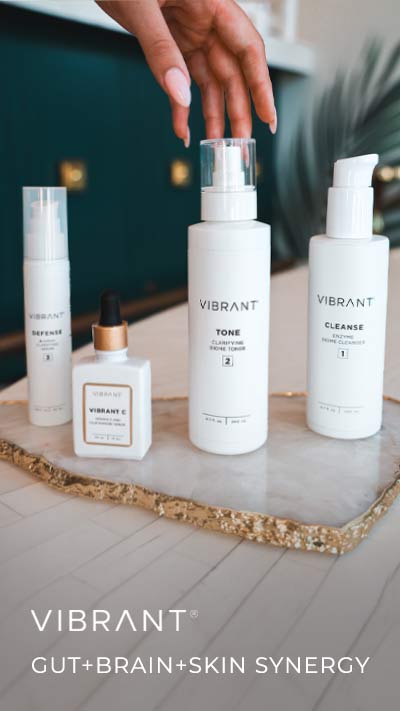Cleansers and toners serve distinct yet complementary roles in achieving radiant skin and a healthy, toned complexion. As the first steps in the skincare routine, these products play essential roles in cleansing, balancing, and preparing the skin for subsequent skincare procedures.
This article explains the differences between cleansers and toners and provides recommendations on the best products for your skin type and concerns.
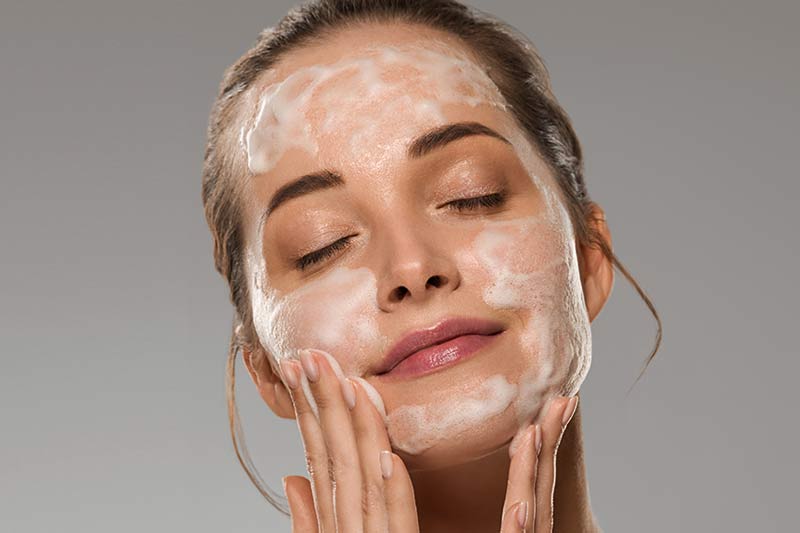
What Is a Cleanser?
A cleanser contains surfactants (detergents), substances that remove impurities, pollutants, bacteria, and makeup from the skin.
Cleansers play a crucial role in unclogging the pores, preventing excessive sebum production, and maintaining a healthy skin barrier. They help to minimize acne and relieve other skin issues, including various types of dermatitis.
What Is a Toner?
A toner is a liquid skincare product that cleans residual dirt or dead skin cells that may have been left behind after cleansing.
Toners restore the skin’s pH balance, minimize the appearance of pores, and prepare the skin for topical treatments such as moisturizers, serums, and oils.
The Differences Between Cleansers and Toners
Although cleansers and toners are both beneficial cleaning agents, they serve different purposes in the skincare routine.
The following table highlights the differences between cleansers and toners.
| Cleanser | Toner | |
| Formulation | Gell, foam, cream, oil, or micellar water. | Liquid, watery consistency, usually in spray or mist form. |
| Key ingredients | Surfactants (cleansing), humectants (hydrating), and sometimes exfoliants (removing dead skin cells) and emollients (barrier support). | Hydrating agents, soothing extracts, enzymes, mild acids (like AHAs, BHAs), astringents, and antioxidants. |
| Primary purpose | Removes dirt, impurities, oil, and makeup from the skin’s surface. | Eliminates the leftover residue from dirt, oil, and skincare ingredients. |
| Skin benefits | Clear skin, even tone, unclogged pores, oil reduction, acne control, breakout prevention, hydration, and healthier complexion. | Tighter pores, extra hydration, removed excess dirt, balanced PH levels, enhanced product absorption, reduced free radical damage. |
| When to use | First step in skin care, used twice daily, in the morning and evening. | Used after cleansing the skin and before applying other products, twice a day. |
Cleanser vs. Toner: Formulation
You can distinguish a cleanser from a toner by their texture and formulation. Primary ingredients vary depending on the skin type or concern they are designed to address.
Cleanser
Cleansers can have a variety of consistencies, including creamy, oily, foamy, gel-like, or exfoliating. The texture depends on their primary purpose, formulation, and type.
Key ingredients include the following:
- Surfactants – Cleansing agents, such as SLS or SLES, or microbiome-friendly alternatives like glycolipids or lipopeptides.
- Humectants – Hydrating agents, such as glycerin, hyaluronic acid, urea, and aloe vera.
- Emollients – Barrier-supporting ingredients, such as ceramides and fatty acids.
- Exfoliants (optional) – Glycolic acid, lactic acid, citric acid, salicylic acid, and papaya or pineapple enzymes gently remove dead skin cells.
Toner
Toners are more lightweight and liquid-based than cleansers and typically come in a mist form.
Key ingredients are the following:
- Distilled water – Water-based diluents, such as aromatic floral water and hydrosols with essential oils.
- Humectants – Hydrating agents, such as hyaluronic acid, glycerin, and panthenol.
- Astringents – Pore-tighteners and oil-reducers, such as witch hazel, tannins, green tea extract, and cucumber extracts. Choose alcohol-free astringents to prevent drying out the skin.
- Mild acids – Low-strength, gentle acids, including lactic, mandelic, lactobionic, ferulic, and citric acids.
- Antioxidants – Ingredients that neutralize free radical damage, such as vitamin C, vitamin E, vitamin A, and niacinamide.
- Soothing agents – Witch hazel, Centella asiatica, allantoin, chamomile, green tea, and aloe vera.
Note: Carefully read product labels to check if ingredients may disrupt your skin’s microflora.
Cleanser vs. Toner: Types
Cleansers and toners come in various types in order to address different skin needs.
Cleanser Types
These are the main type of cleansers based on their texture and formulation.
- Oil-based cleansers – Contain nourishing oils that break down and remove dirt, sebum, makeup, sunscreen, and other impurities.
- Gel cleansers – Their lightweight, gel-like texture is suitable for oily, acne-prone, and combination skin.
- Cream cleansers – A thick, creamy texture deeply hydrates and nourishes the skin.
- Foaming cleansers – Create a rich lather that effectively removes dirt, oil, and makeup, leaving the skin fresh and clean.
- Exfoliating cleansers – Use fine particles to remove dead skin cells from the surface and unclog pores for a deeper cleanse.
Here are our recommendations for the best cleansers.
Vibrant Cleanse – Biome Enzyme Cleanser
This gentle, biome-friendly enzyme cleanser is suitable for all skin types and free from parabens, phthalates, and other harmful chemicals. Its unique formula contains papain from papaya and bromelain from pineapple, which dissolve dead skin cells by breaking down keratin, promoting healthy cell turnover.
It also includes barrier-supporting prebiotics, probiotics, and postbiotics, and a blend of soothing plant extracts with antimicrobial properties that restore skin immunity, reduce inflammation, and balance oil production.
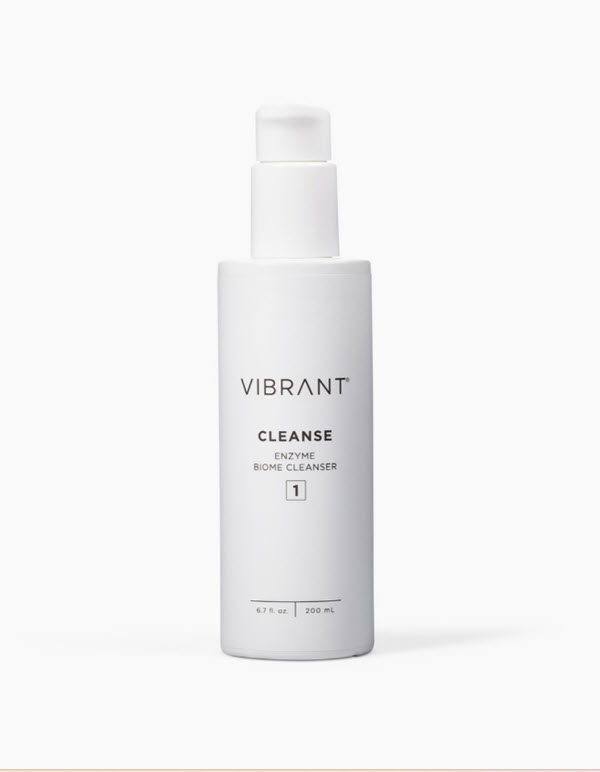
Skinbetter Science Cleansing Gel
This mild, foaming gel cleanser is suitable
This mild, foaming gel cleanser is suitable for all skin types, including compromised and sensitive skin. Its cruelty-free, paraben-free, and dye-free formula effectively removes makeup and impurity buildup. It can be combined or used interchangeably with Refining Foam Cleanser.
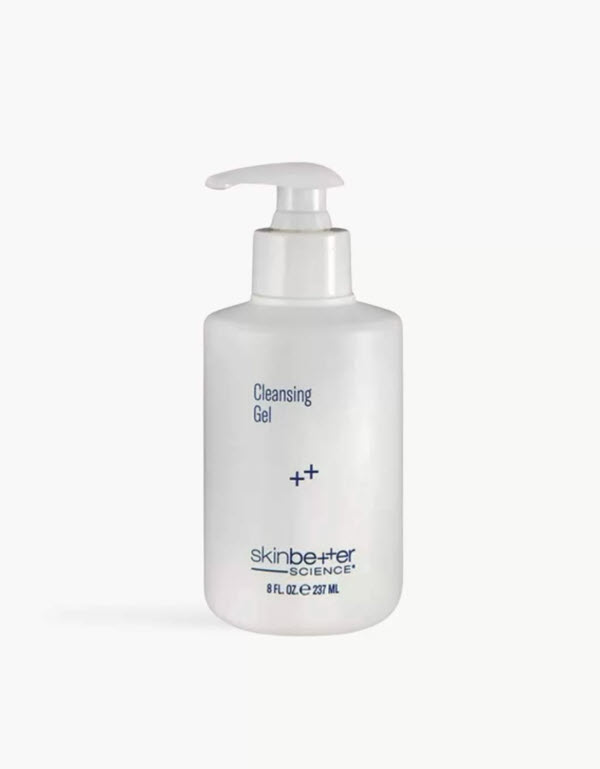
isClinical Warming Honey Cleanser
This exfoliating cleanser contains green tea extracts and papaya enzymes that gently remove dead skin cells and resurface new, young-looking skin. It is formulated with the purest raw honey, royal jelly, and propolis, which gently refine and balance problematic skin, leaving it silky smooth.
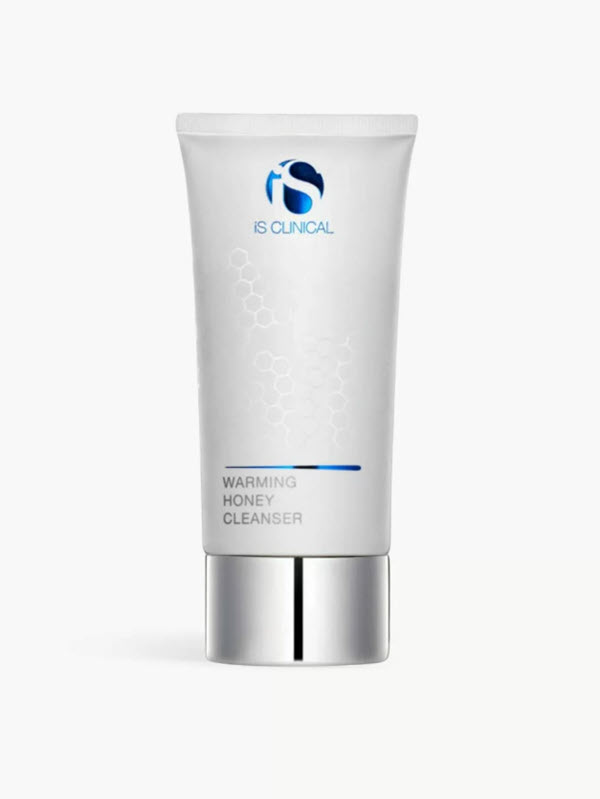
Toner Types
There are two main types of toners: astringent and hydrating.
- Astringent toners have the primary goal of removing impurities and minimizing the appearance of pores, making them suitable for individuals who wish to get rid of oily skin. Sometimes, these toners contain alcohol, which can irritate and dry out the skin, so it is best to avoid them. Instead, look for toners with ingredients such as witch hazel and aloe vera.
- Hydrating toners are alcohol-free and gentler on the skin. They maintain skin moisture while simultaneously cleansing and refreshing the skin and adding a further layer of protection.
Here are our recommendations for the best toners.
Vibrant Tone – Clarifying Biome Toner
This probiotic, biome-supporting toner has a potent anti-inflammatory effect on the skin. Its rich, clarifying blend of vitamin C, lemongrass, willowherb, and niacinamide revitalizes the skin, minimizes pores, reduces the appearance of temporary redness, and restores the skin barrier.
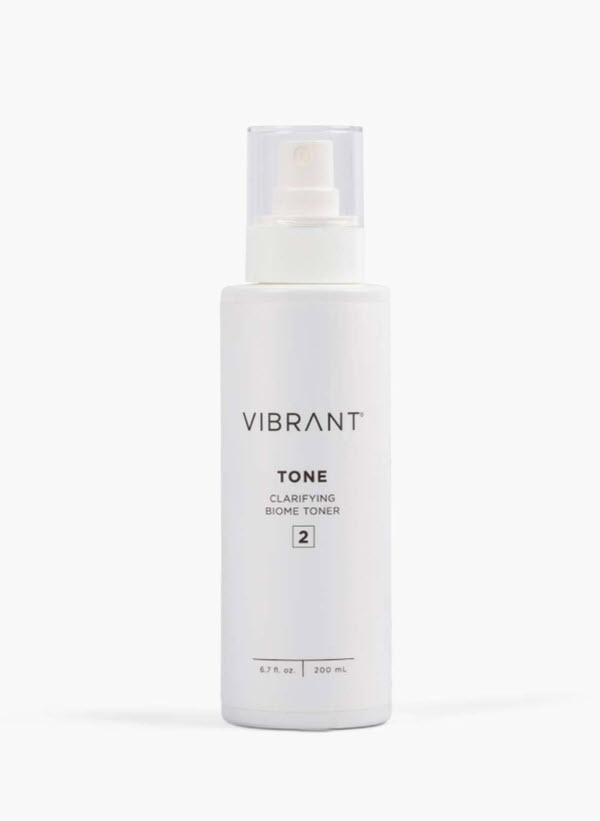
Vibrant Elevate – Cucumber Photodynamic Toner
This soothing, antioxidant toner creates a photo-dynamic environment to absorb the healing components of light, enhance the benefits of LED light therapy, and increase vitamin D production. It contains a blend of cucumber, matcha green tea, chlorophyll, spin trap, sodium PCA, astaxanthin, Tonka bean prebiotic, and Nectaria Lithops™ - all of which combat free radicals, restore the moisture barrier, and support the skin’s natural microbiome.
It is uniquely formulated to protect the skin from oxidative stress caused by environmental and light exposure, enhance elasticity, and minimize visible signs of aging.
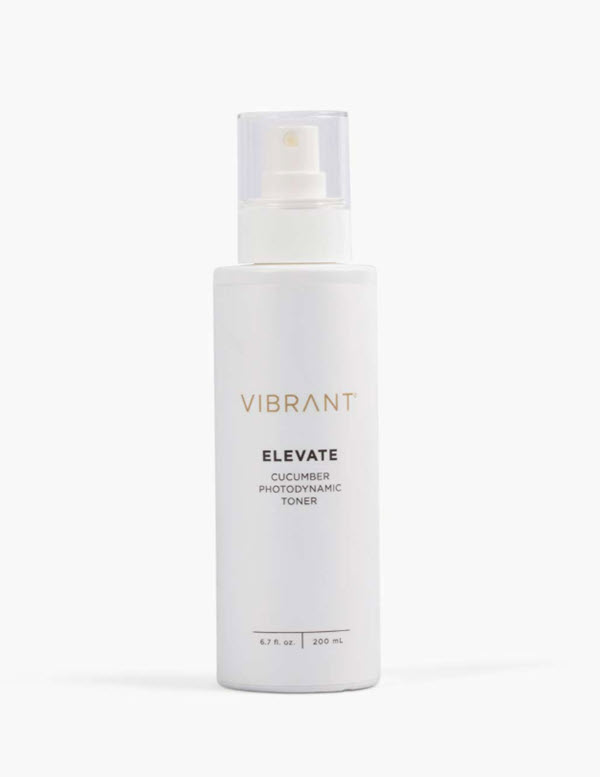
Osmosis MD Infuse Nutrient Activating Mist
This toner’s nutrient-rich formula cleans as well as moisturizes the skin, preserving its natural plumpness and radiance. It is infused with hydrating ingredients, including fulvic and humic acids, as well as antioxidants, which leave the skin smooth, supple, and well-hydrated.
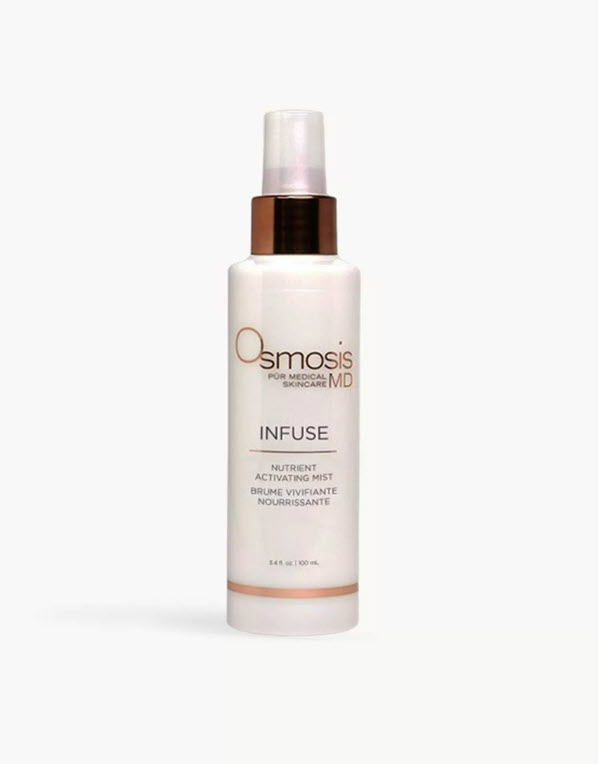
Cleanser vs. Toner: Purpose
The primary purpose of a cleanser is to remove dirt, oil, impurities, and makeup from the skin’s surface.
A toner removes leftover residue after cleansing, tightens pores, restores the skin’s pH balance, and prepares the skin to absorb serums and moisturizers better. Depending on the formulation, it can also soothe, hydrate, and control excess oil.
While cleansers are essential, toners are optional. However, using both can enhance your overall skincare routine.
Cleanser vs. Toner: Benefits
Cleansers and toners are highly beneficial for the skin, but in different ways.
Cleanser benefits:
- Removes impurities, dead skin cells, bacteria, makeup, and sunscreen.
- Unclogs pores and clears excess oil.
- Prevents acne and breakouts.
- Prepares the skin for other skincare routine steps.
- Helps the skin absorb products more effectively.
- Keeps the skin clear and improves texture.
Toner benefits:
- Restores the skin’s pH balance.
- Hydrates and moisturizes.
- Keeps the skin looking toned.
- Prevents ingrown hairs.
- Removes remaining impurities.
- Shrinks and tightens pores.
- Prevents acne breakouts.
- Soothes irritation and reduces redness.
- Enhances absorption of moisturizers and serums.
Cleanser vs. Toner: Skin Concern
Cleansers and toners are beneficial for all skin types and concerns; however, selecting the proper formulation and type is crucial for maintaining skin health and preserving the microbiome.
If you have an inflammatory condition, such as eczema, rosacea, or psoriasis, consult a medical professional or dermatologist for personalized recommendations on suitable products.
Cleanser vs. Toner: Application
To maximize your skincare experience, be sure to apply them appropriately.
- Cleansers are applied to a wet face and gently rubbed in with the fingertips using circular motions for 30 to 60 seconds. After washing your face, rinse thoroughly with lukewarm water before proceeding to the next step.
- After cleansing, apply a toner on a dry face by misting directly onto the skin or with a cotton pad. Toners should not be rinsed out or removed. Allow it to absorb before applying serums or moisturizer.
Cleanser vs. Toner: Frequently Asked Questions
Read the answers to the most frequently asked questions about cleansers and toners.
Which Is Better, Toner or Cleanser?
Cleansers and toners both keep your skin rejuvenated and youthful. It is difficult to say which is better, as they both have their own purpose and complement each other. Never skip cleansing your face but try incorporating both a cleanser and a toner into your skincare routine and observe the results over time.
What Comes First: Cleanser or Toner?
If you decide to use both a cleanser and toner, start with the cleanser first. Cleansing sets the stage for the toner and all other products to work their magic.
Do I Need a Toner If I Double Cleanse?
Generally, skin experts recommend using a toner to rebalance the skin’s pH if your cleanser tends to strip away its natural oils. If you double cleanse with a gentle or oil-based cleanser, a toner isn’t essential, but it can still help soothe, hydrate, and restore the skin’s balance.
Can I Use Cleanser and Toner at the Same Time?
Yes, you can use both during your morning or evening skincare routine. The cleanser comes first to remove impurities, followed by a toner that hydrates the skin and prepares it for the next skincare step.
Cleanser vs. Toner: When to Use Them and How Often?
Gentle cleansers and toners can be used for daytime and nighttime skin care. Both should be used before applying moisturizers, serums, or creams that hydrate and nourish your skin or treat specific skin conditions (acne, rosacea, or dermatitis).
However, exfoliating cleansers and toners with harsh ingredients should not be used daily as they may irritate the skin and compromise the barrier.
Note: Check out the ultimate skincare guide to help you create a perfect routine.
Conclusion
Cleansers and toners are the foundation of any skincare routine. Cleansers wash away the day's impurities, revealing a fresh and renewed complexion. At the same time, toners refine texture, restore pH balance, and prepare the skin for the nourishing benefits of subsequent skincare steps.
To create a successful skincare routine tailored to your skin type, consult our skin experts for personalized advice.

